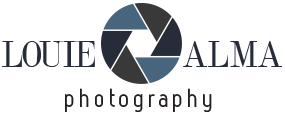Delta to recognize 100,000 acts of kindness to celebrate 100 years of service
Every holiday season, Delta welcomes hundreds of thousands of customers to the skies who are eager to reconnect with loved ones or recharge on vacation. While holiday travel brings its own share of pressure, Delta is shifting the spotlight to the simple acts of humanity that make our journeys memorable.
To celebrate 100 years of flight, Delta will highlight the simple acts of care that connect us all – the true reason for the season. For the winter holidays, the global airline is introducing Centennial Cheer, a program that will recognize 100,000 acts of kindness shared among Delta employees and customers.





